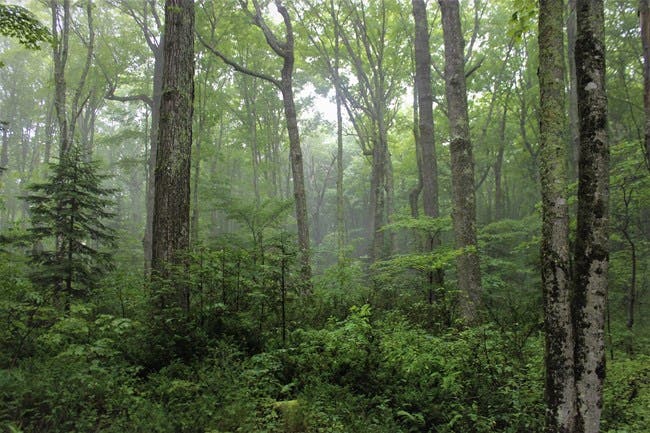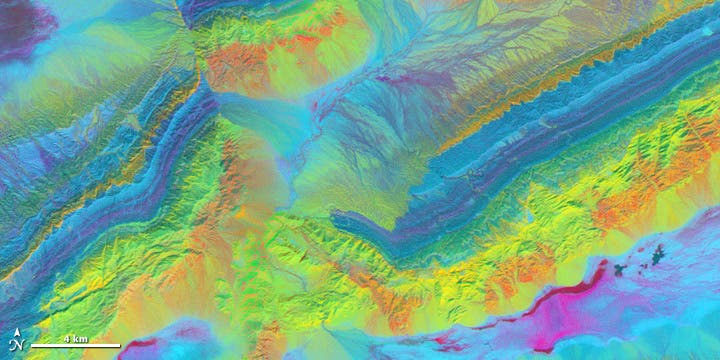Forests first lose their resilience, and then they succumb to environmental stress. If we can detect the former, we have a chance of stopping the later.

The Amazon fires drew the world’s eyes to the drama unfolding in many of the world’s forests, but that was just a glimpse — a singular tragic wave in an ever-growing tide of threats that forests must face.
It’s not just deforestation — although that is a very dangerous threat in and of itself. Episodes of forest mortality have been widely observed in recent
decades, owed largely to urbanization and climate change.
Changing temperature and precipitation patterns are some of the most direct consequences of climate change. These changes place more stress on forests, a process which has accentuated in recent decades. Oftentimes, by the time forests start to fall, it is too late for intervention. Predicting this process is important, but it is also challenging, as the underlying mechanisms are not well understood.
In a new study, Yanlan Liu, Mukesh Kumar and colleagues from Cambridge University, produced a new, observational approach for predicting forest mortality.

The key is using remote sensing data of vegetation dynamics. Already, remote sensing (the process of detecting and monitoring the physical characteristics of an area by measuring its reflected and emitted radiation) is already a common approach in environmental monitoring. However, researchers say that they could use the technique to detect important tipping points that predict forest mortality, such as when shrubland starts to take over areas with trees. Essentially, this timing coincides with the moment forests start to lose their resilience.
The authors tested their approach in Californian forests and reported significant success: their early warning signal detected extreme forest stress 6-19 months before irreversible damage. This signal was detected prior to other signs of forest decline, such as reduced greenness.
This extra time could offer forestry organizations a chance to intervene in time and save the forest.
This is not a trivial issue — it’s a crucial aspect if we want to ensure a sustainable future for the planet and human society. Forests help stabilize the climate. They regulate ecosystems, protect biodiversity, play an integral part in the carbon cycle, support livelihoods, and can help drive sustainable growth. Around a quarter of the world’s population rely on forests for their livelihoods
The study “Reduced resilience as an early warning signal of forest mortality” has been published in Nature Climate Change. https://doi.org/10.1038/s41558-019-0583-9






